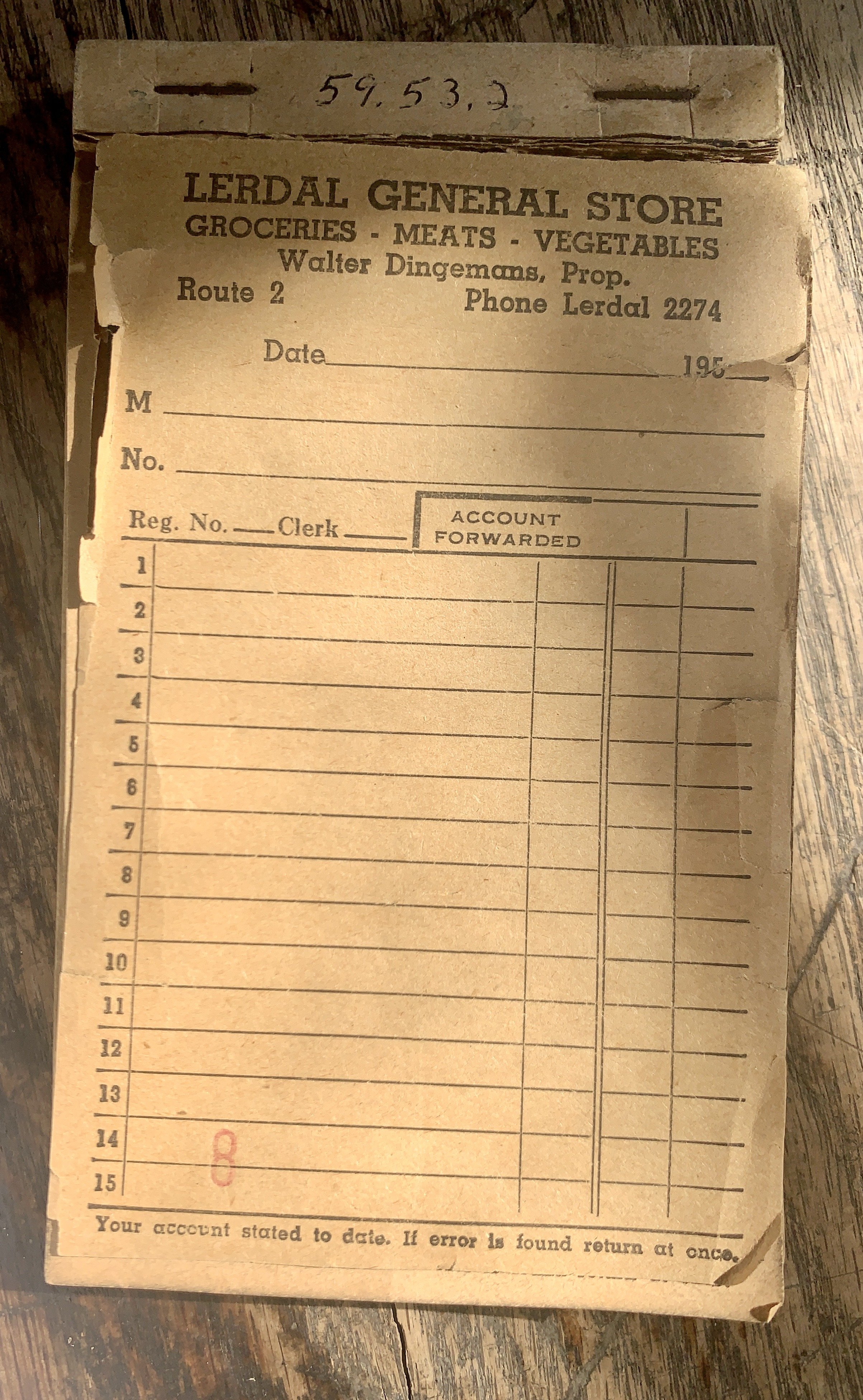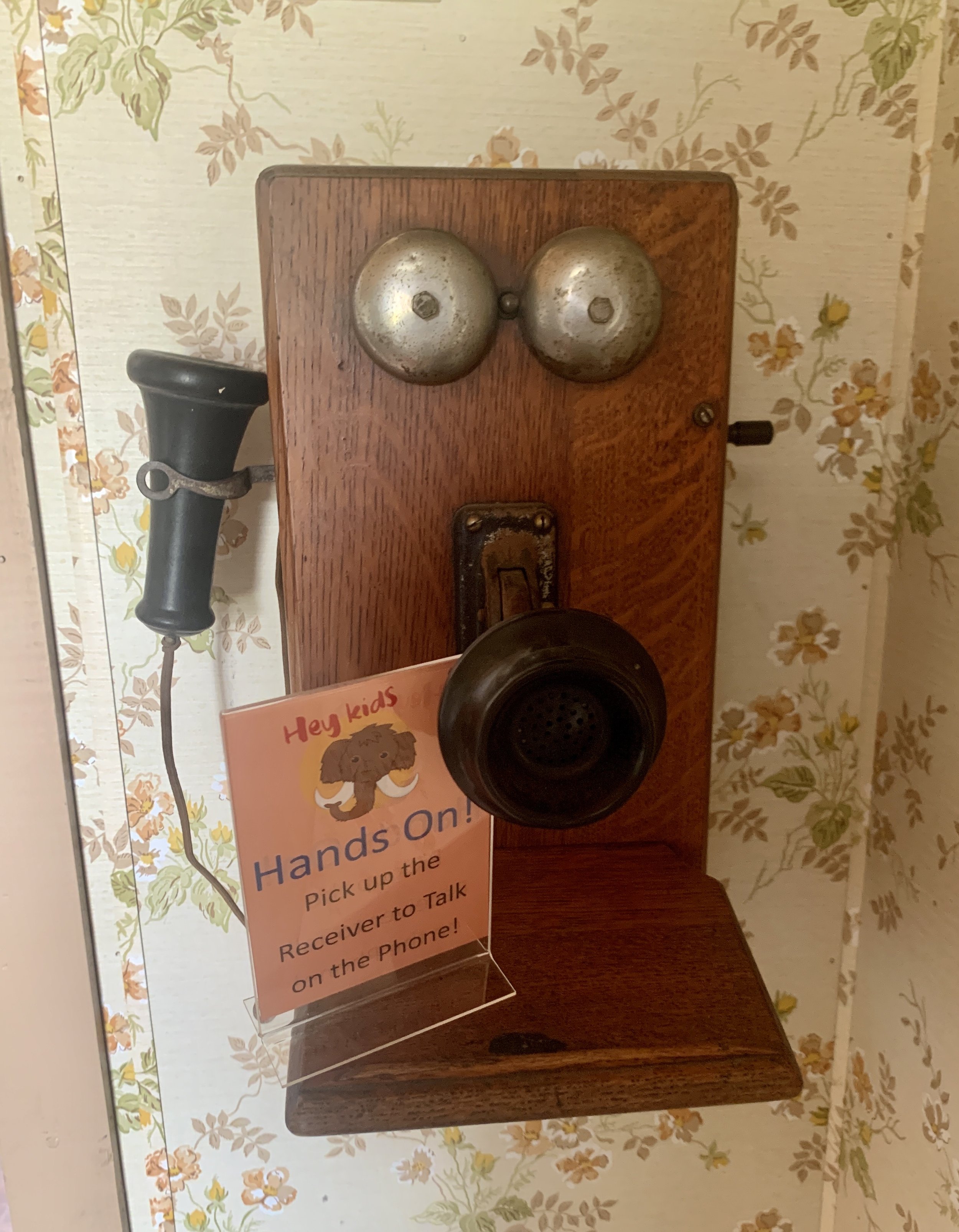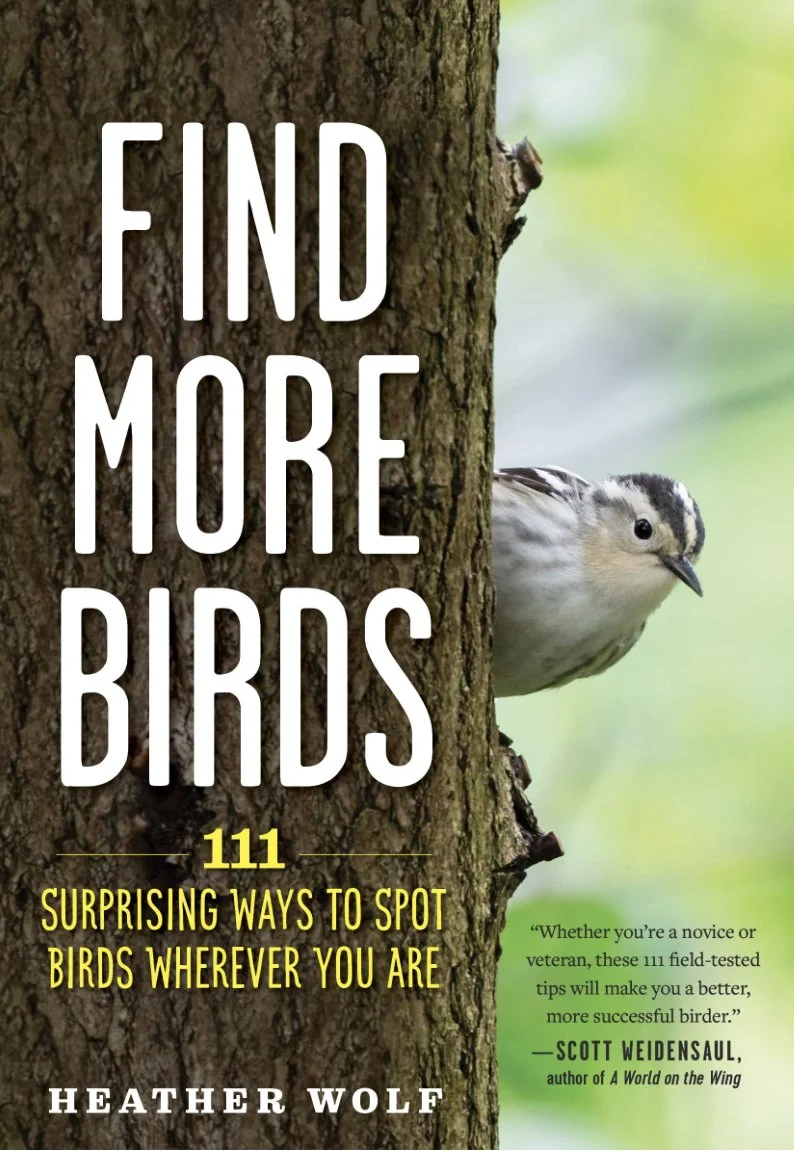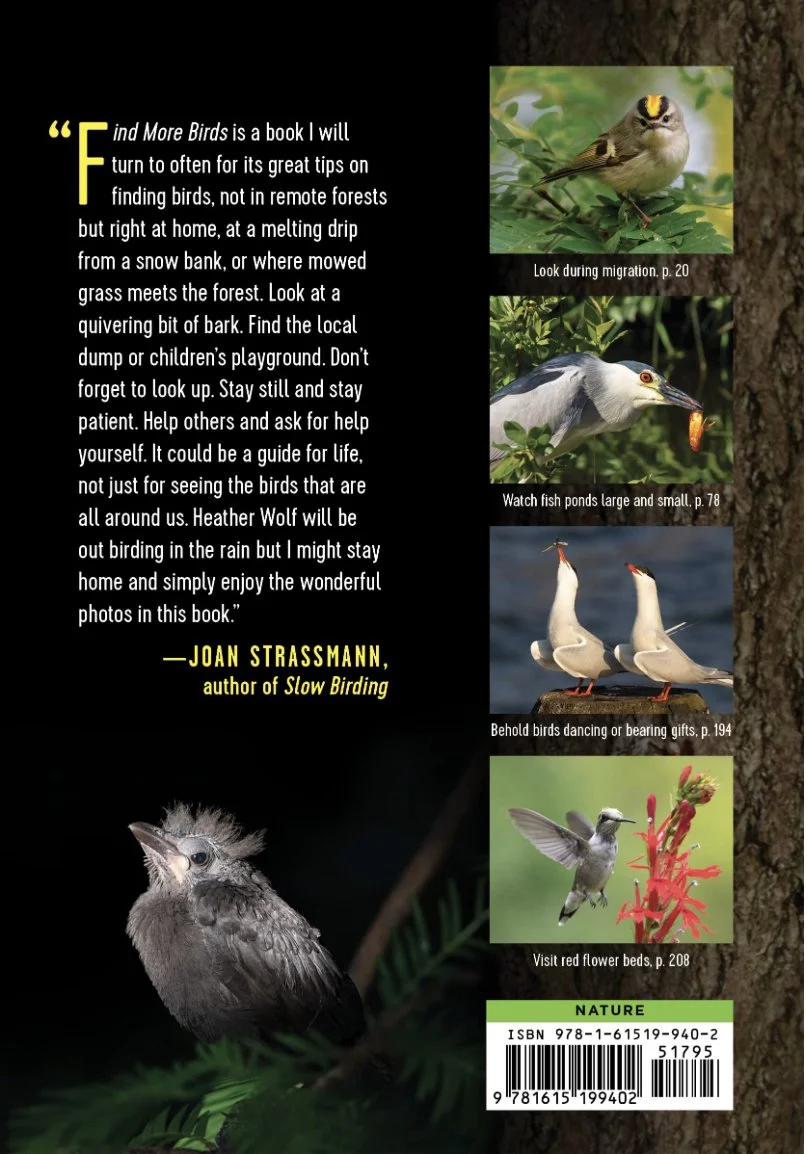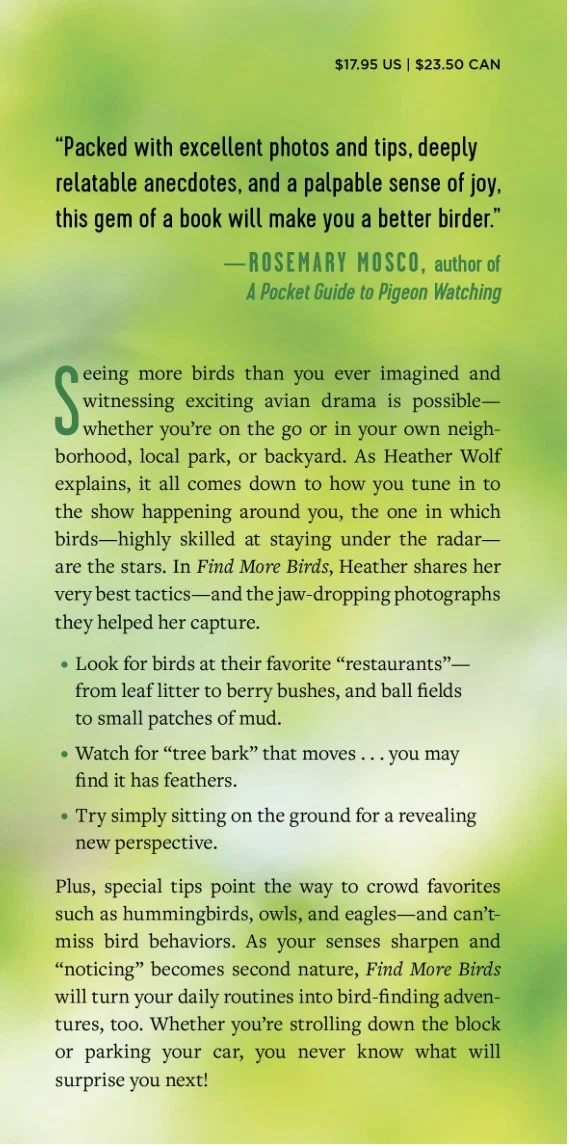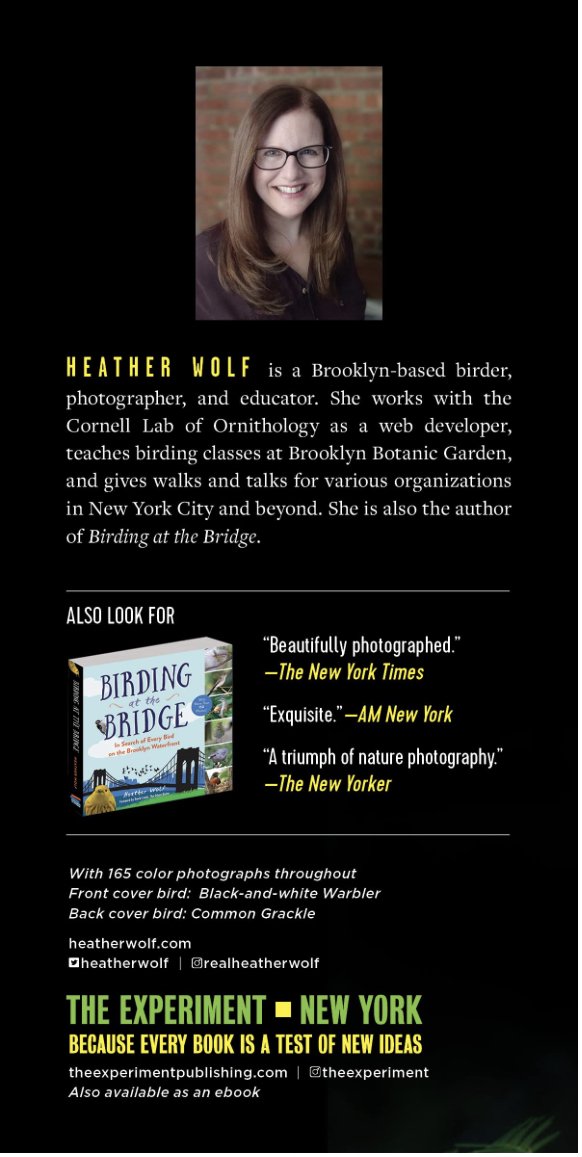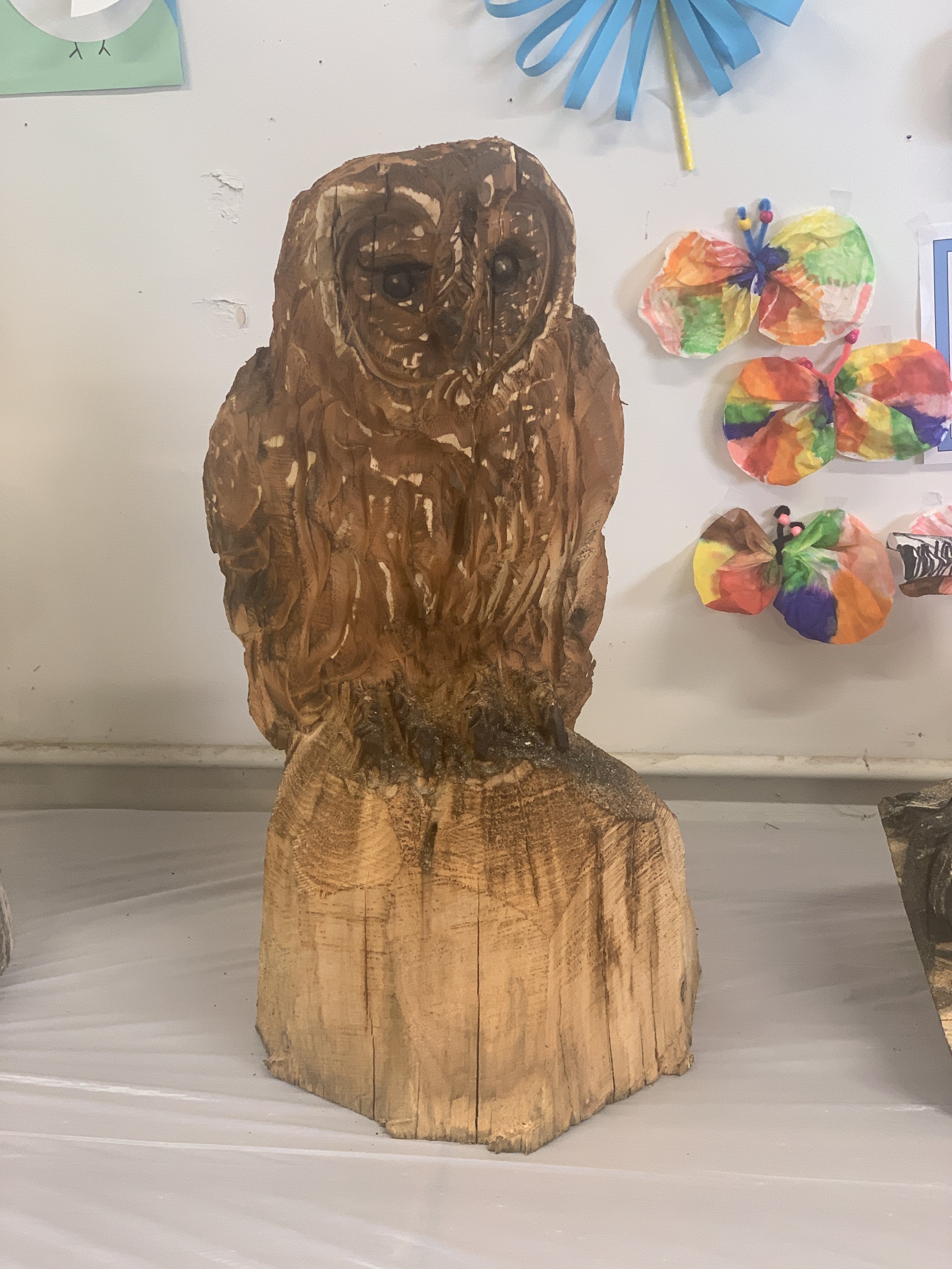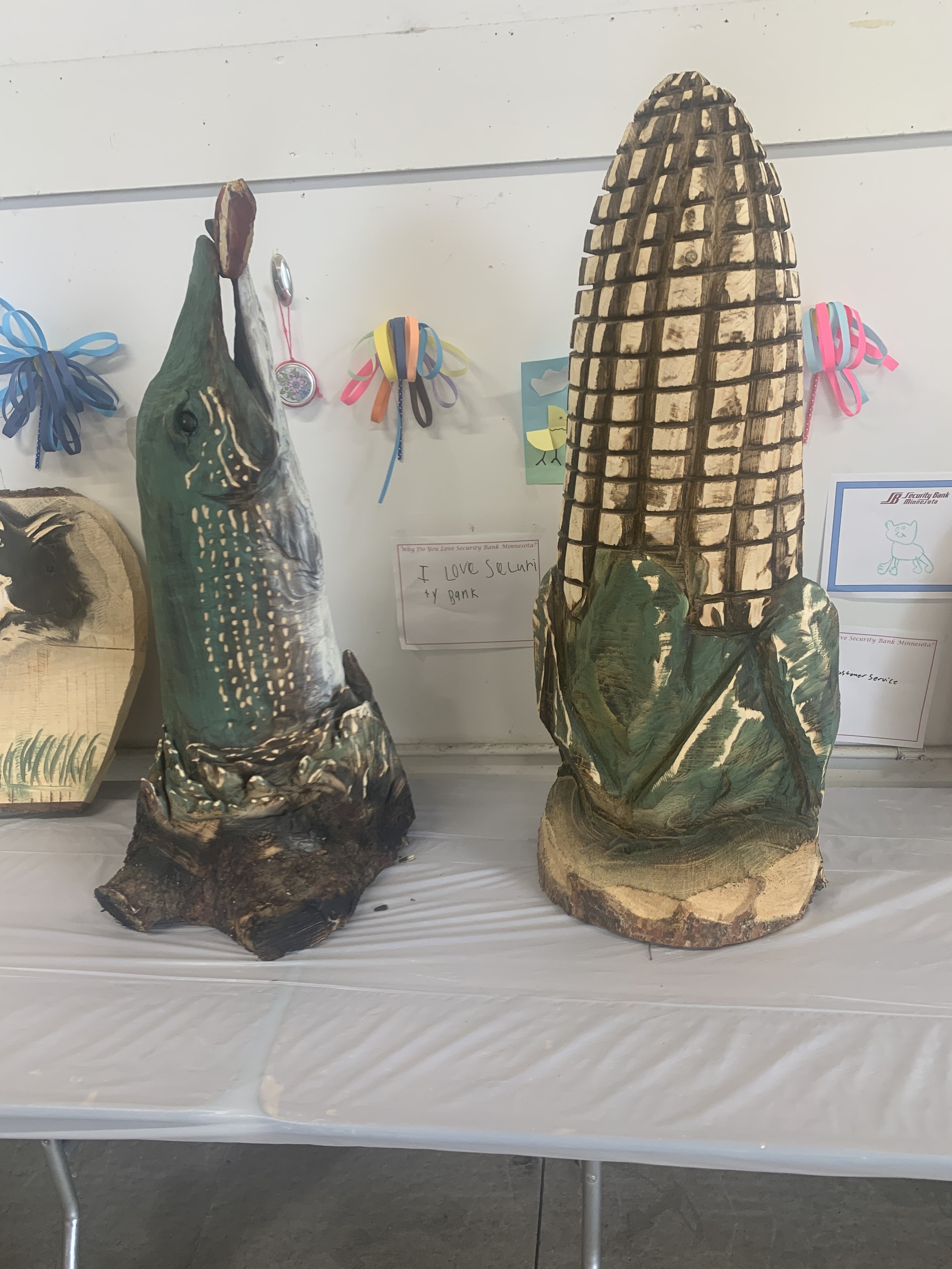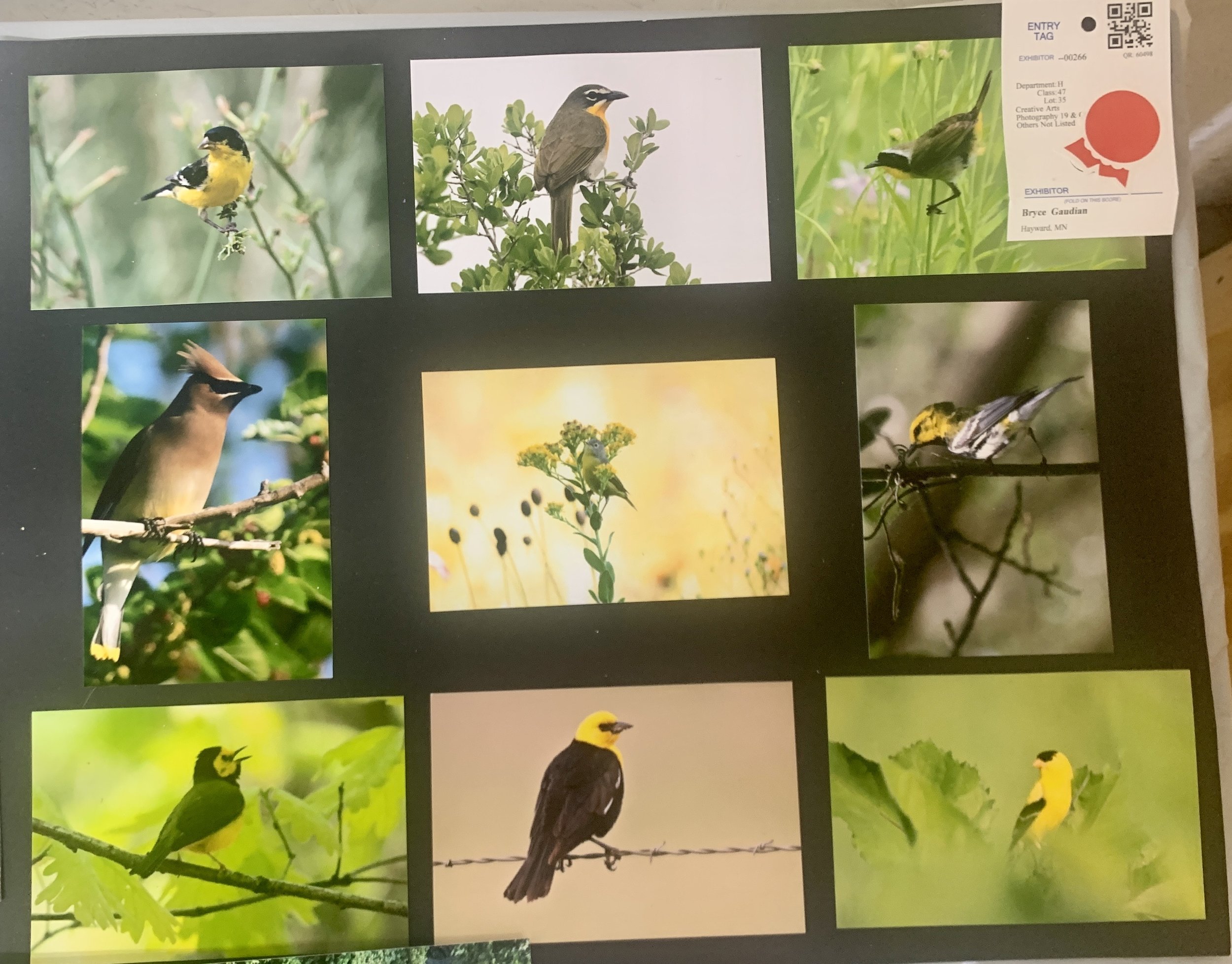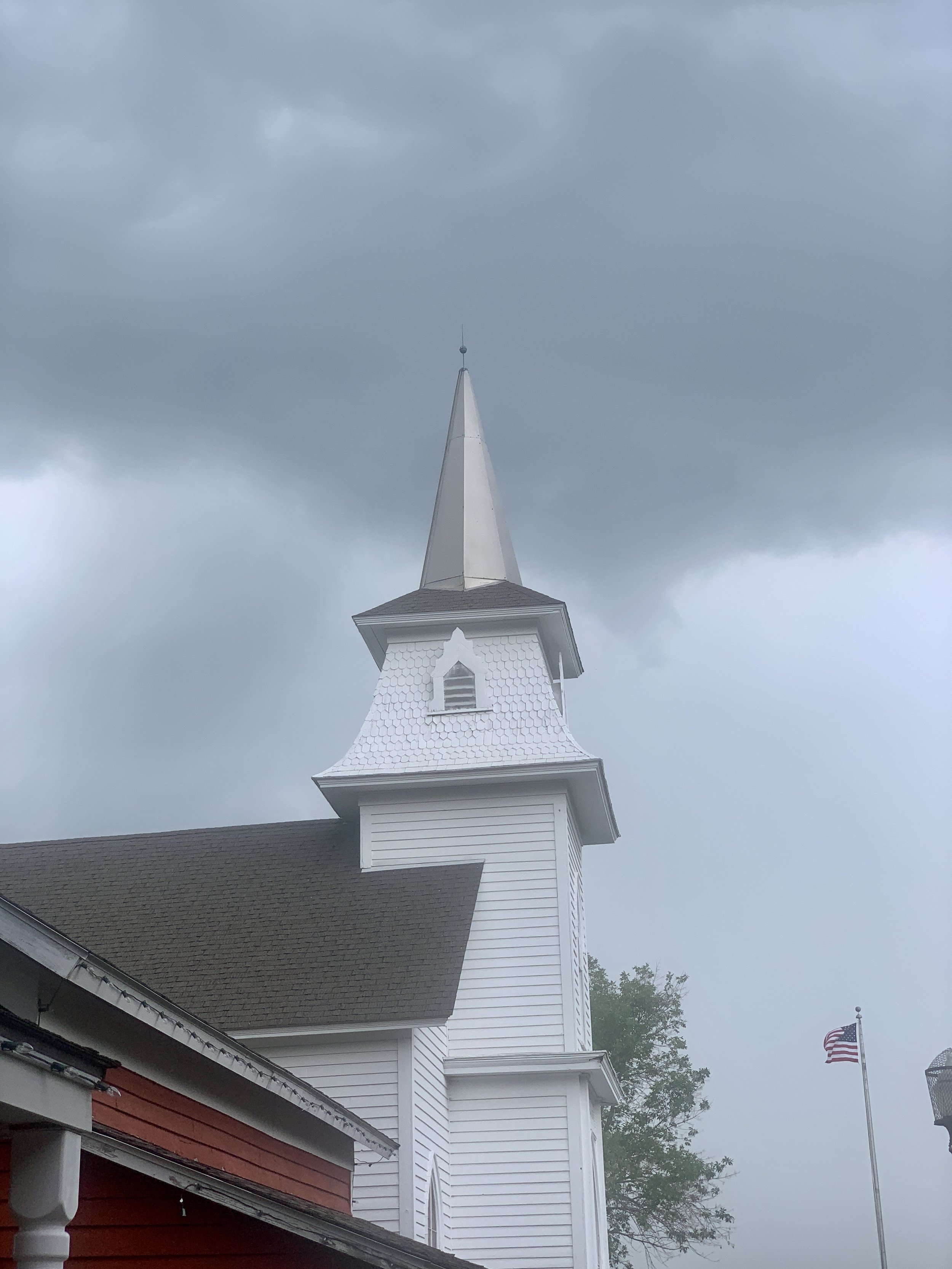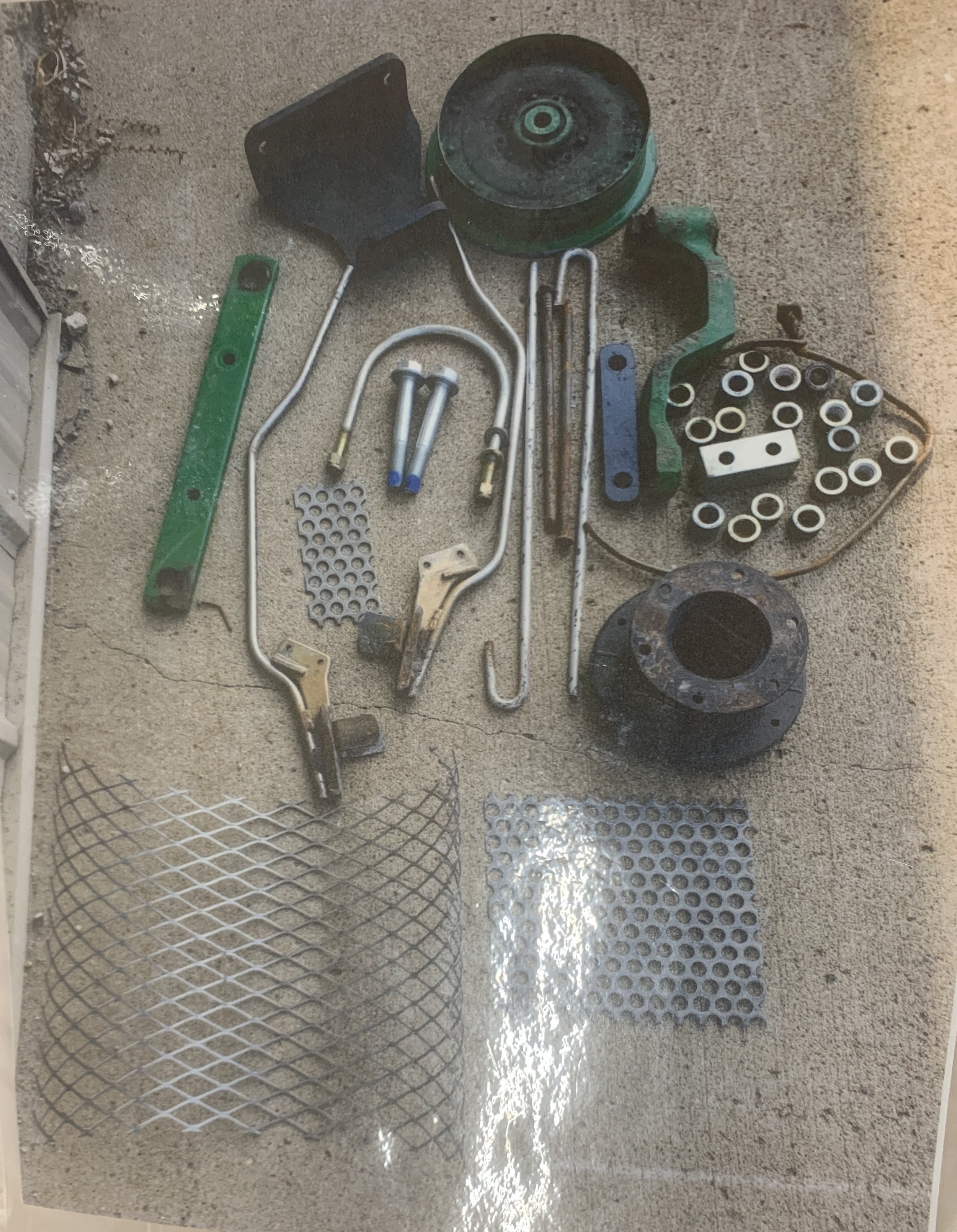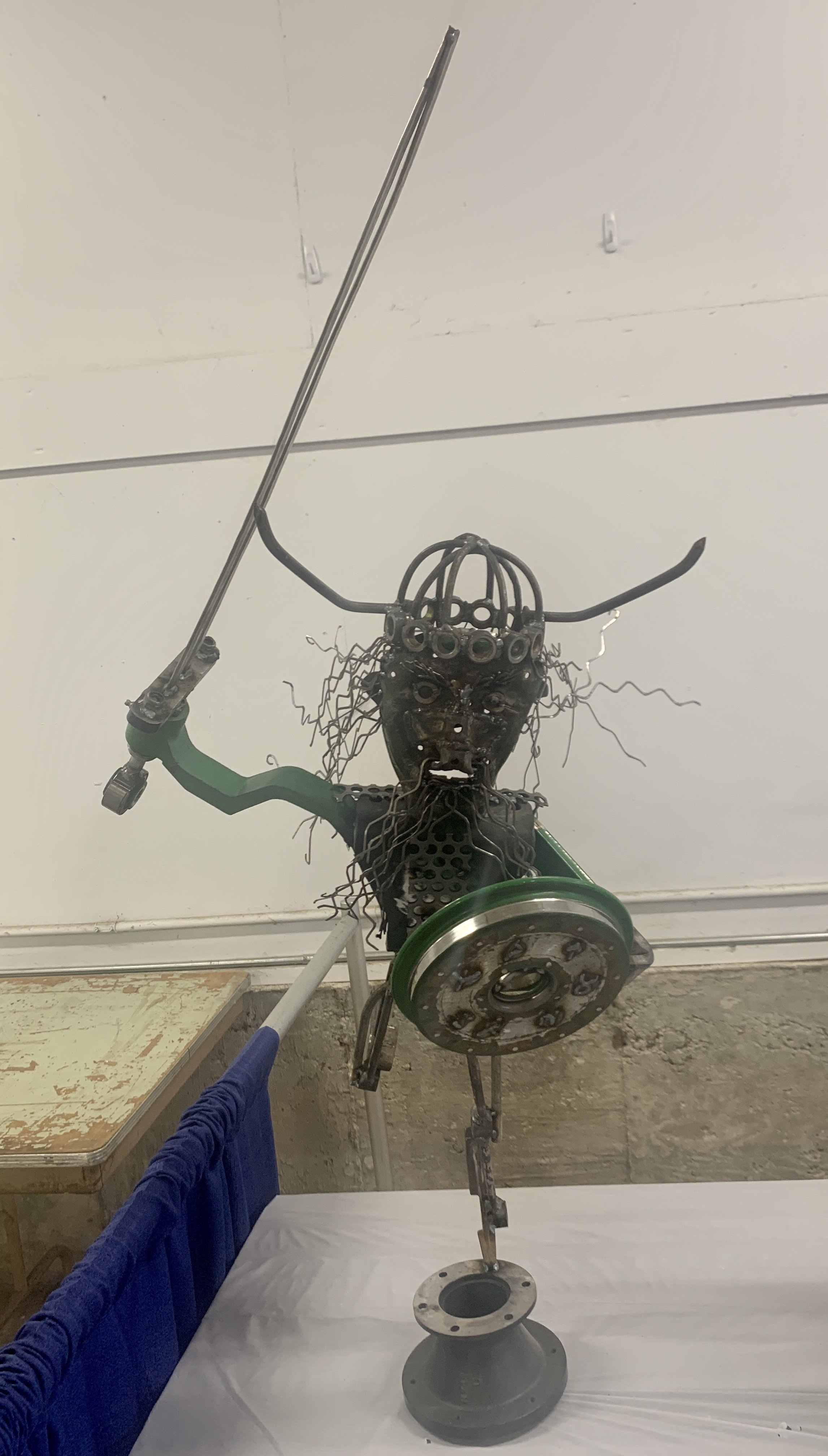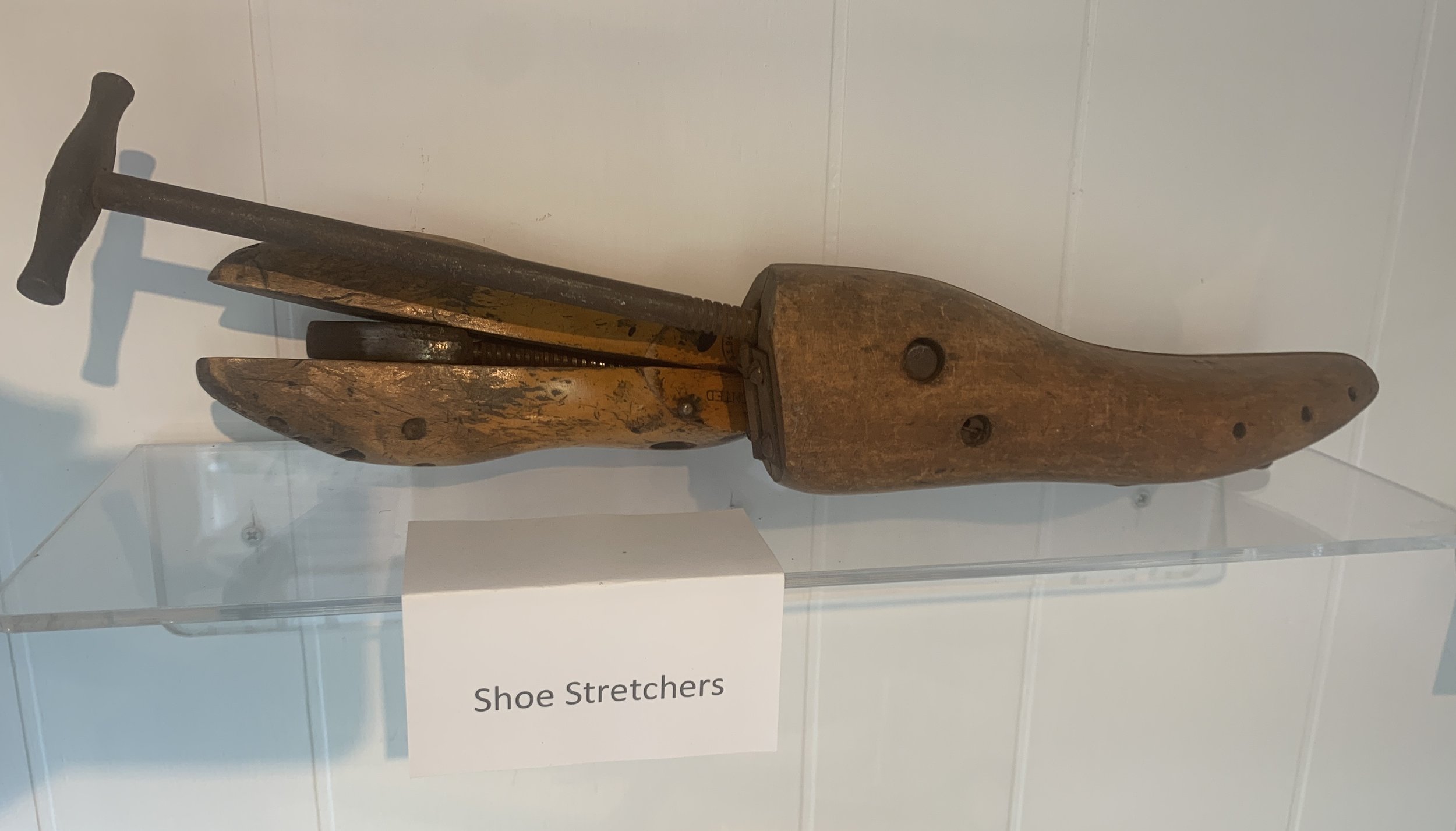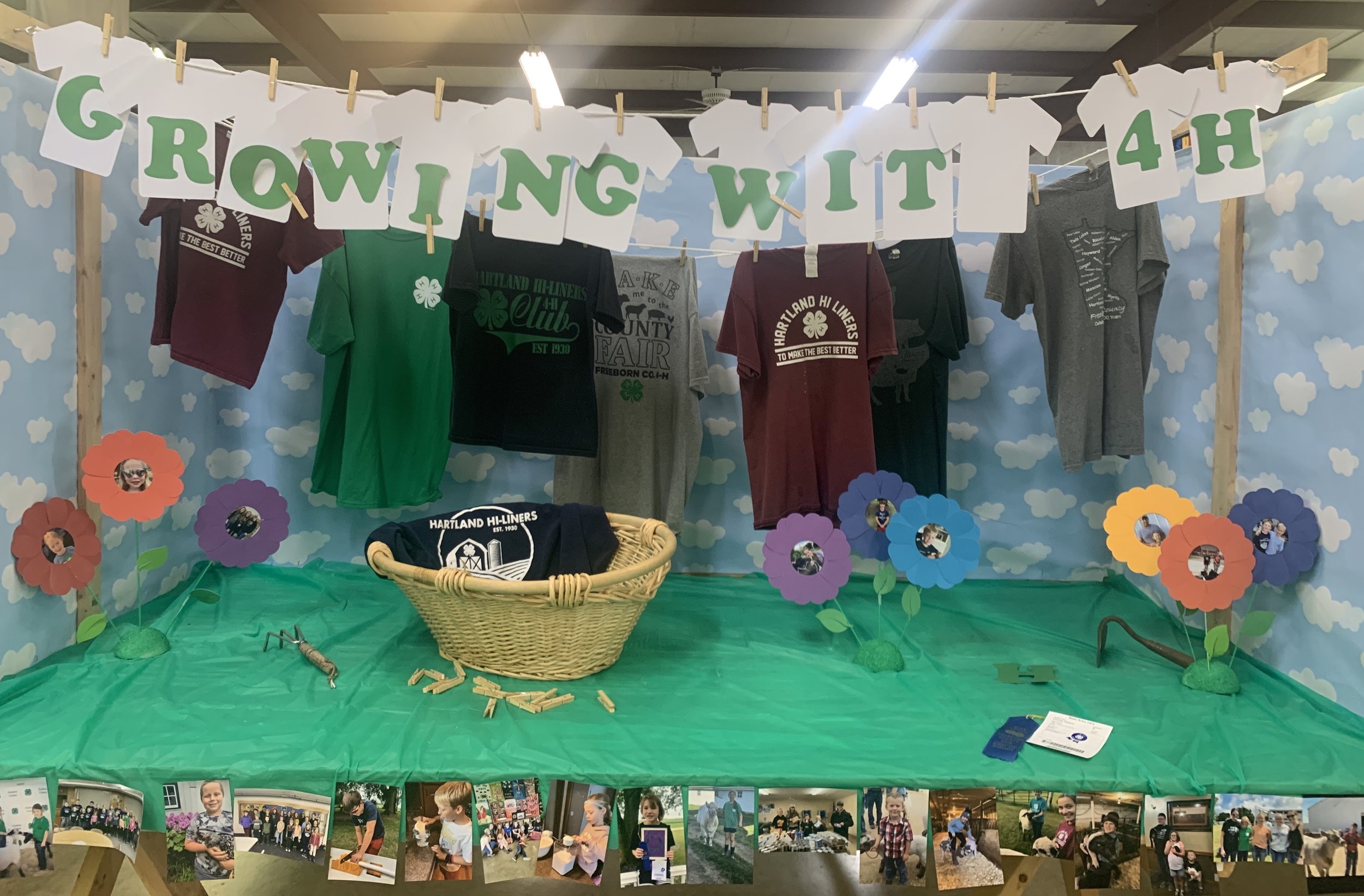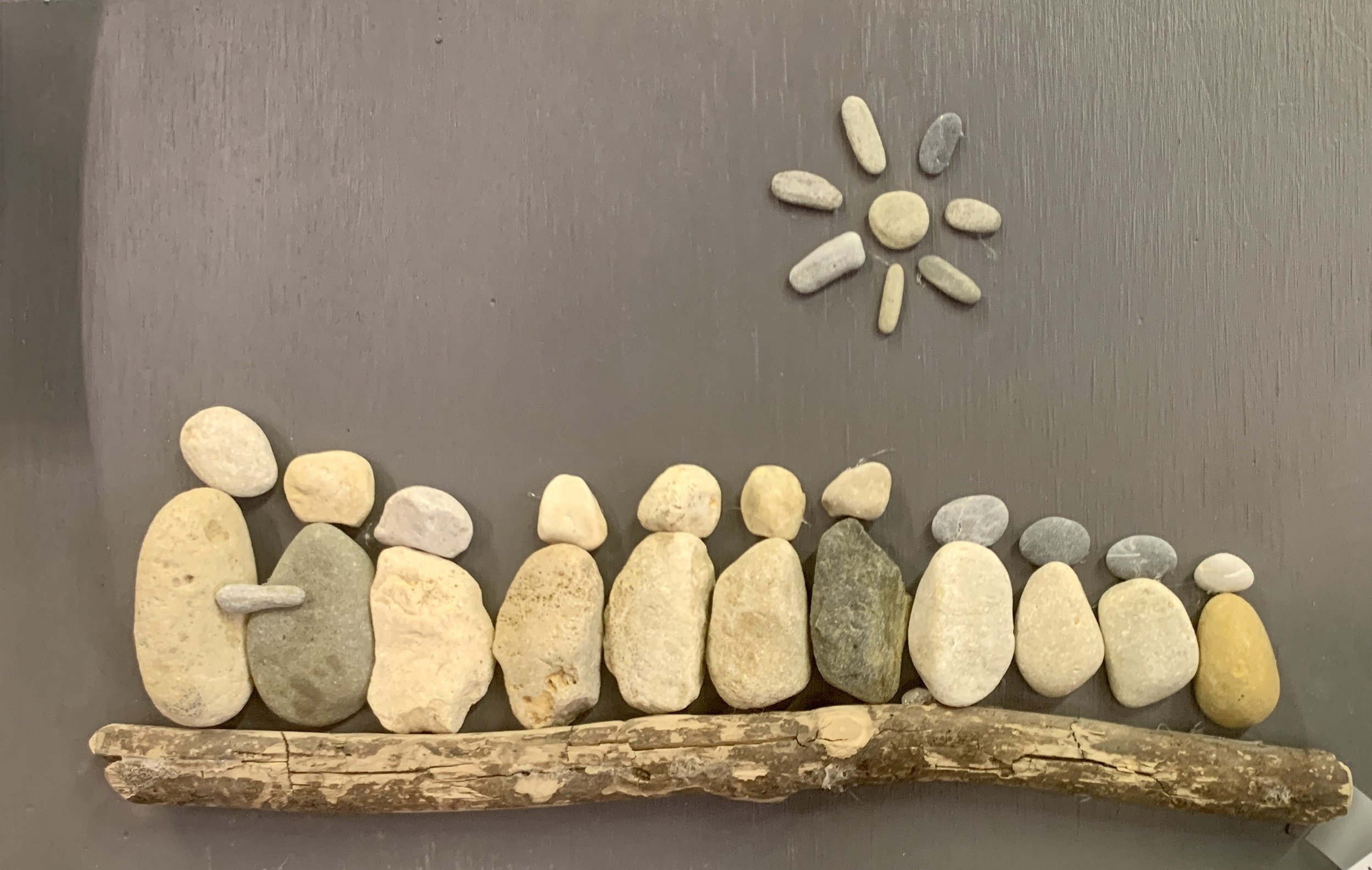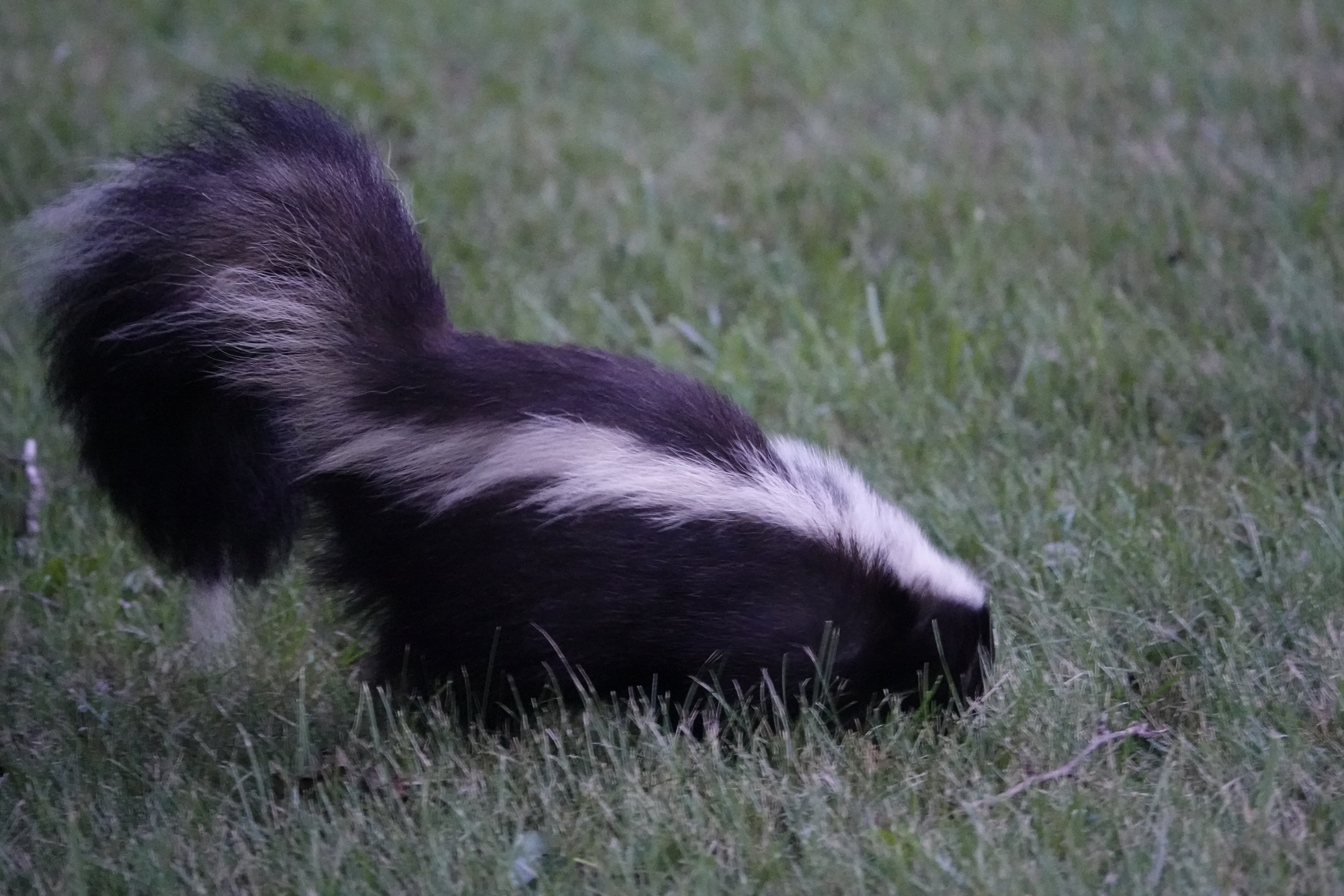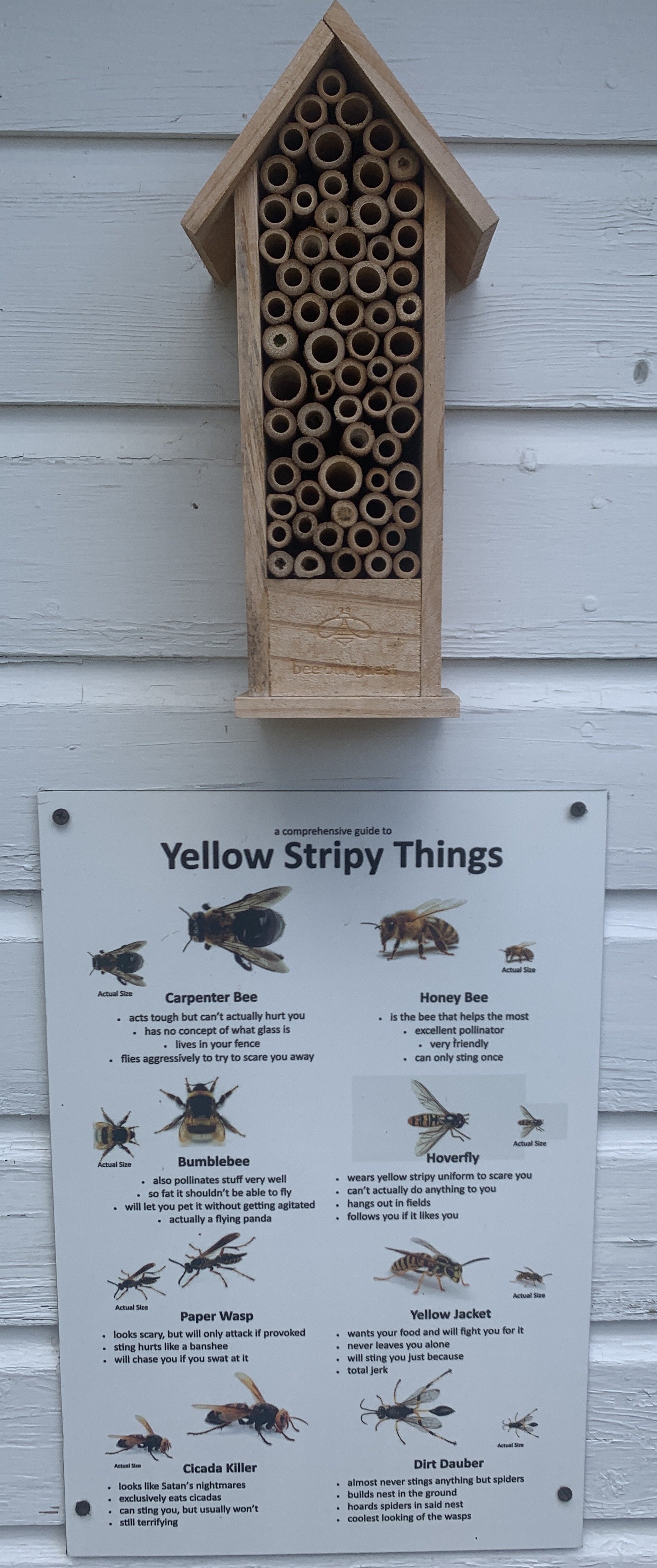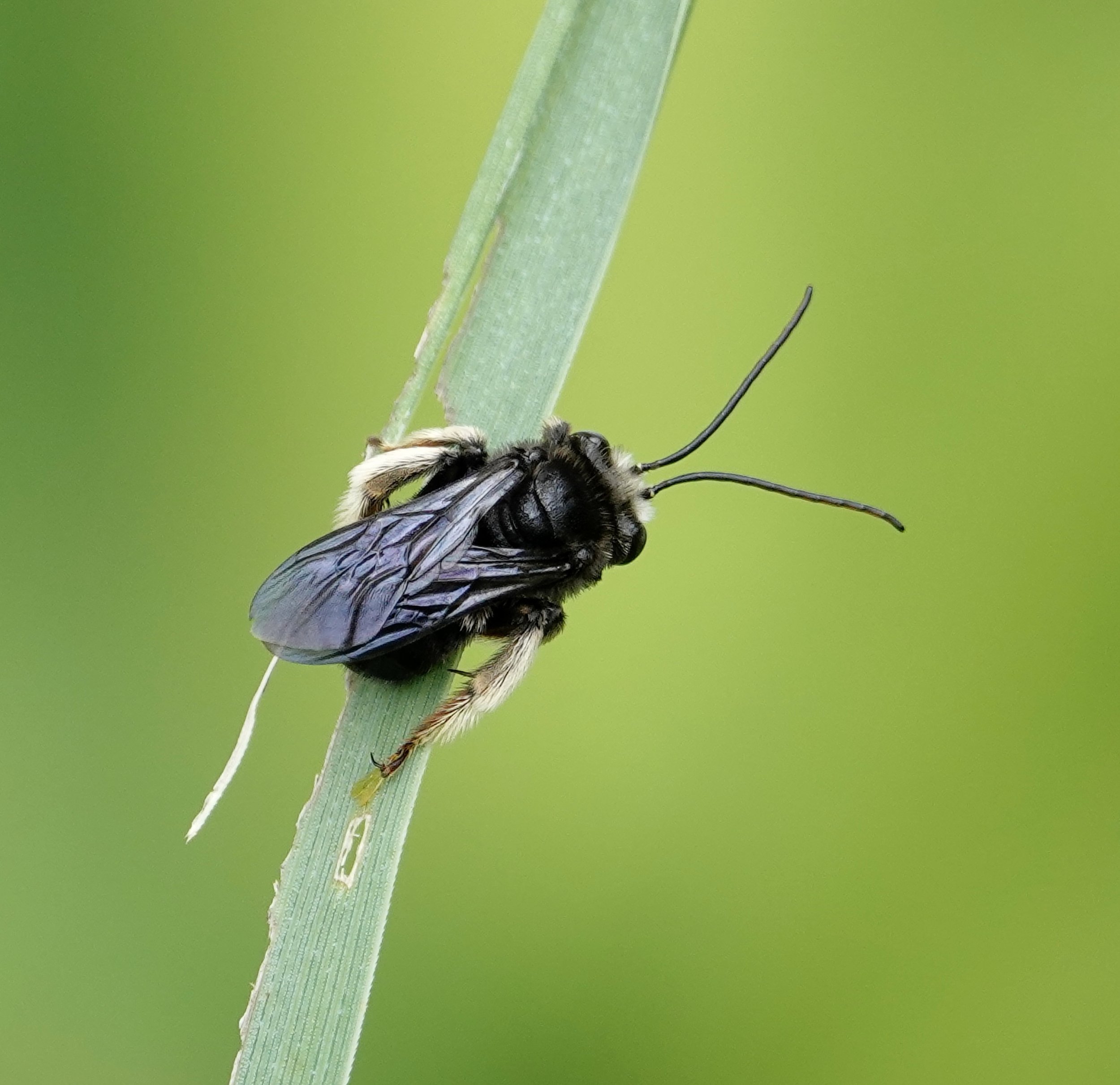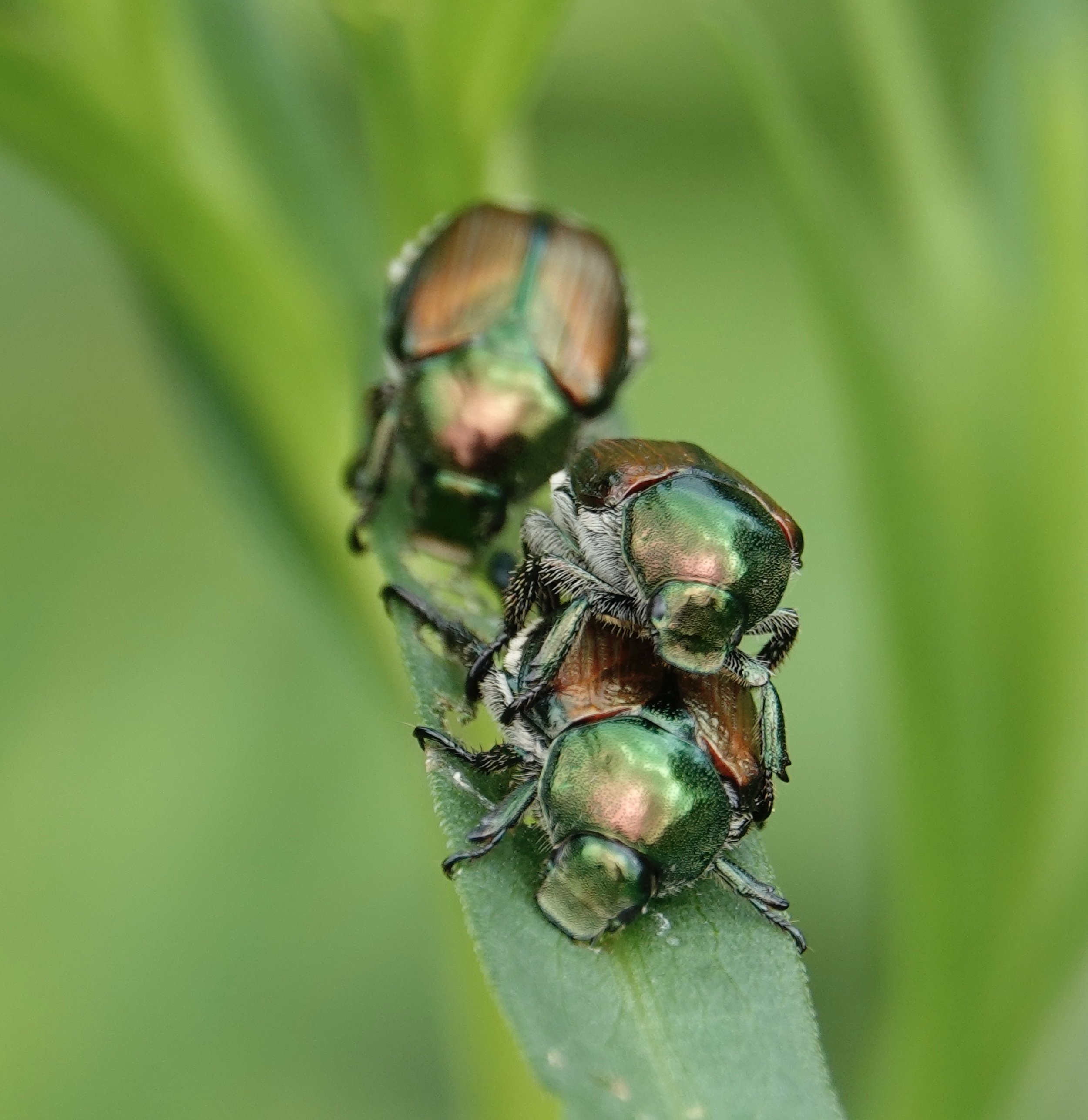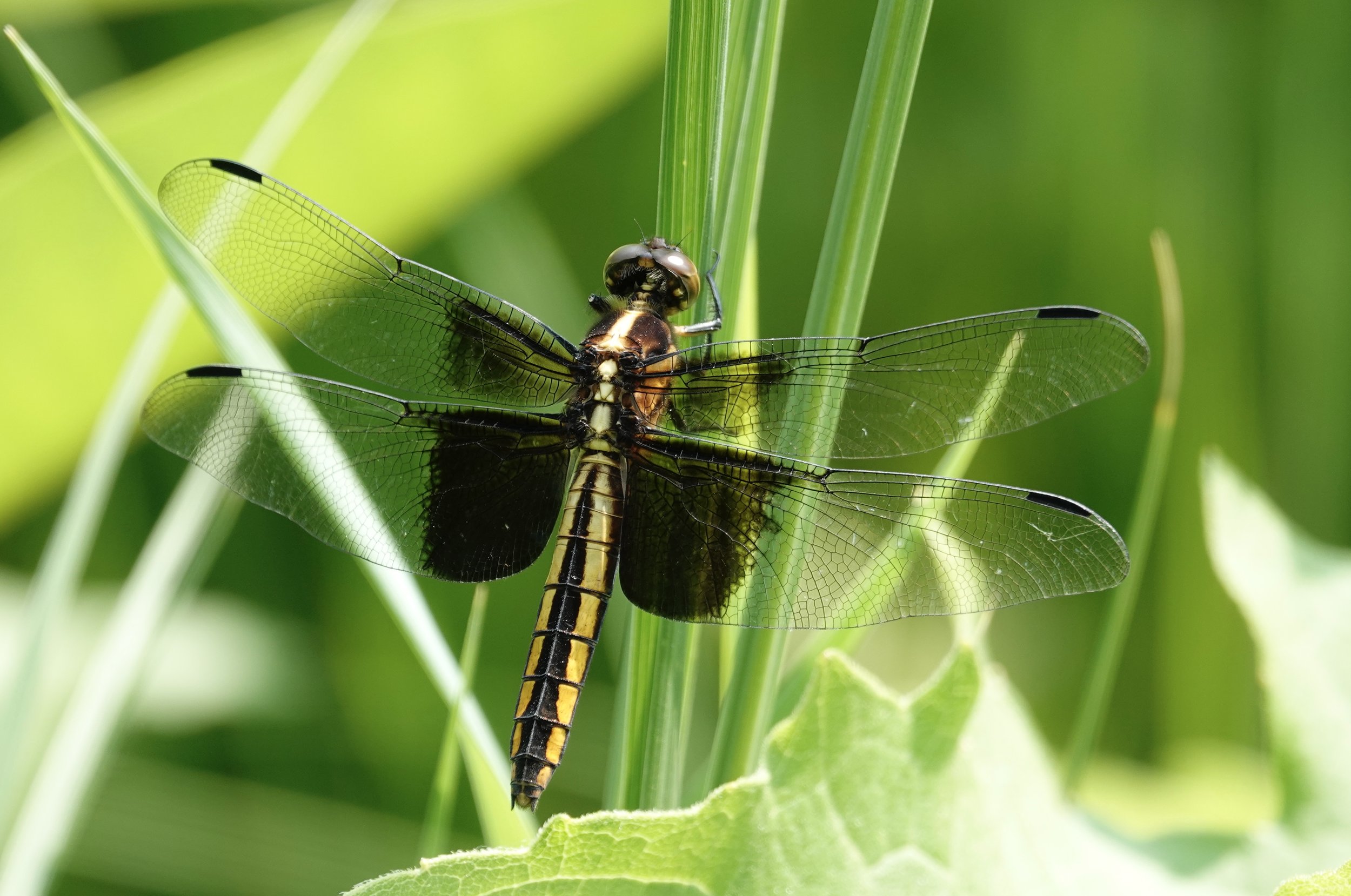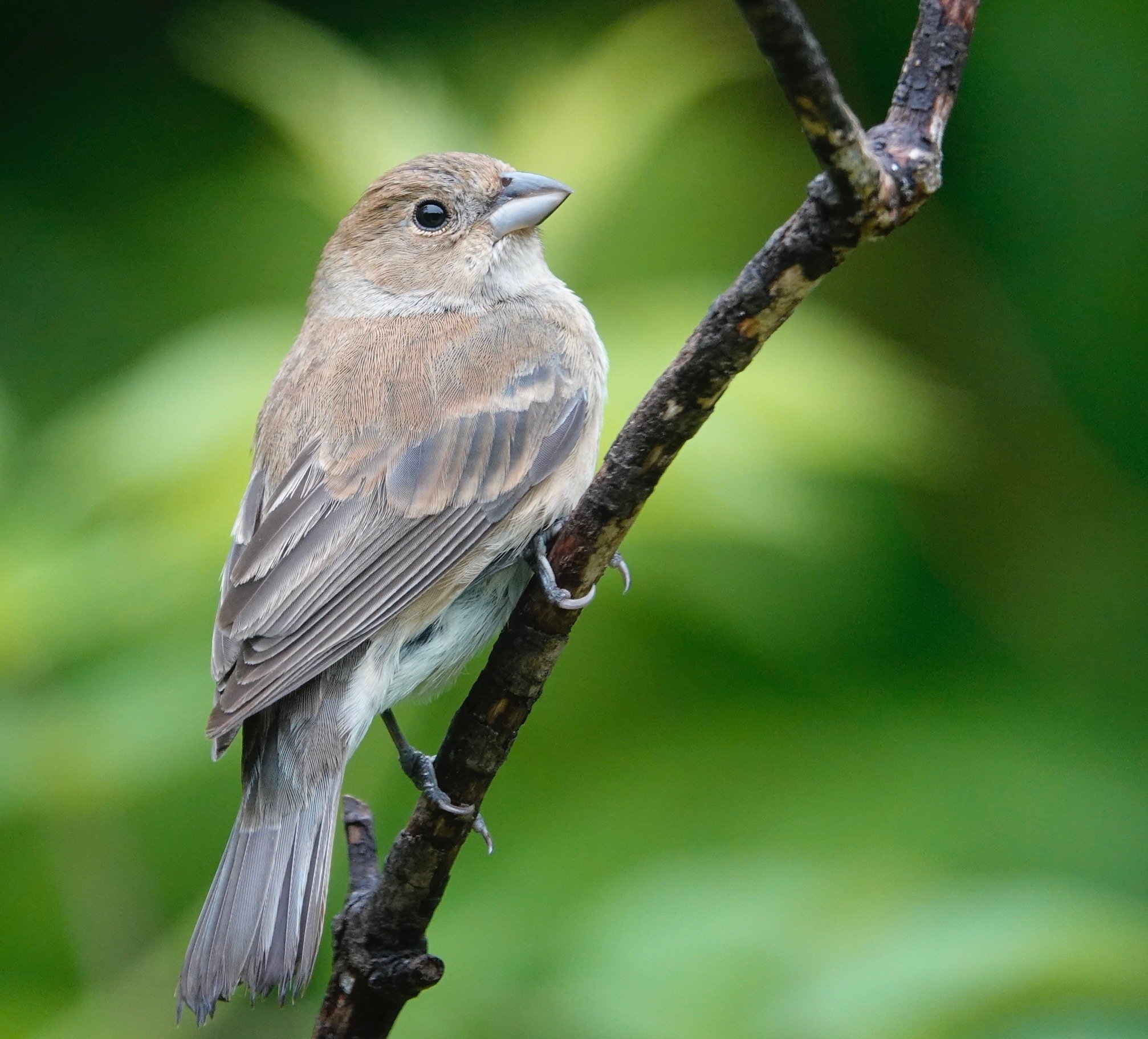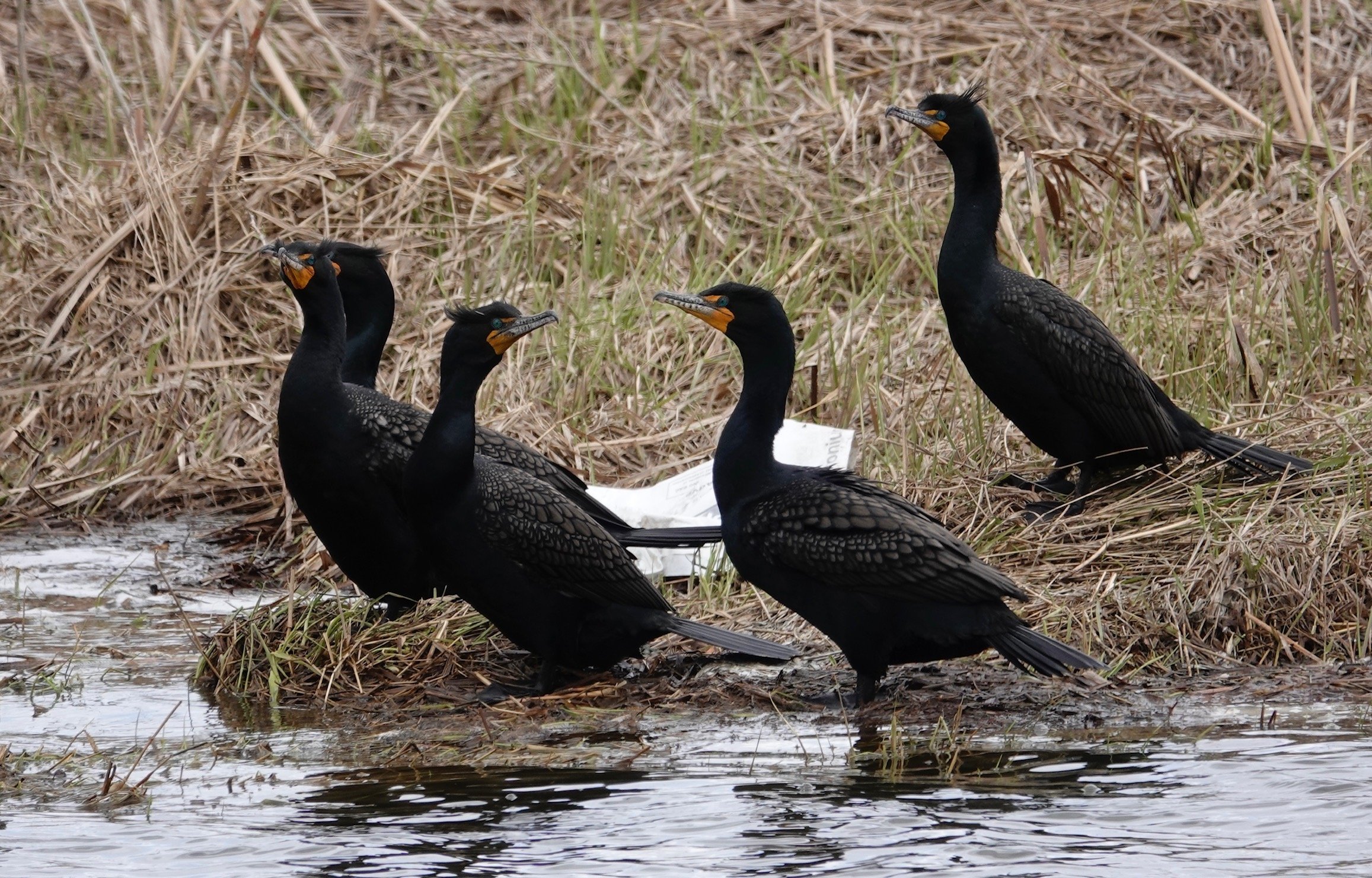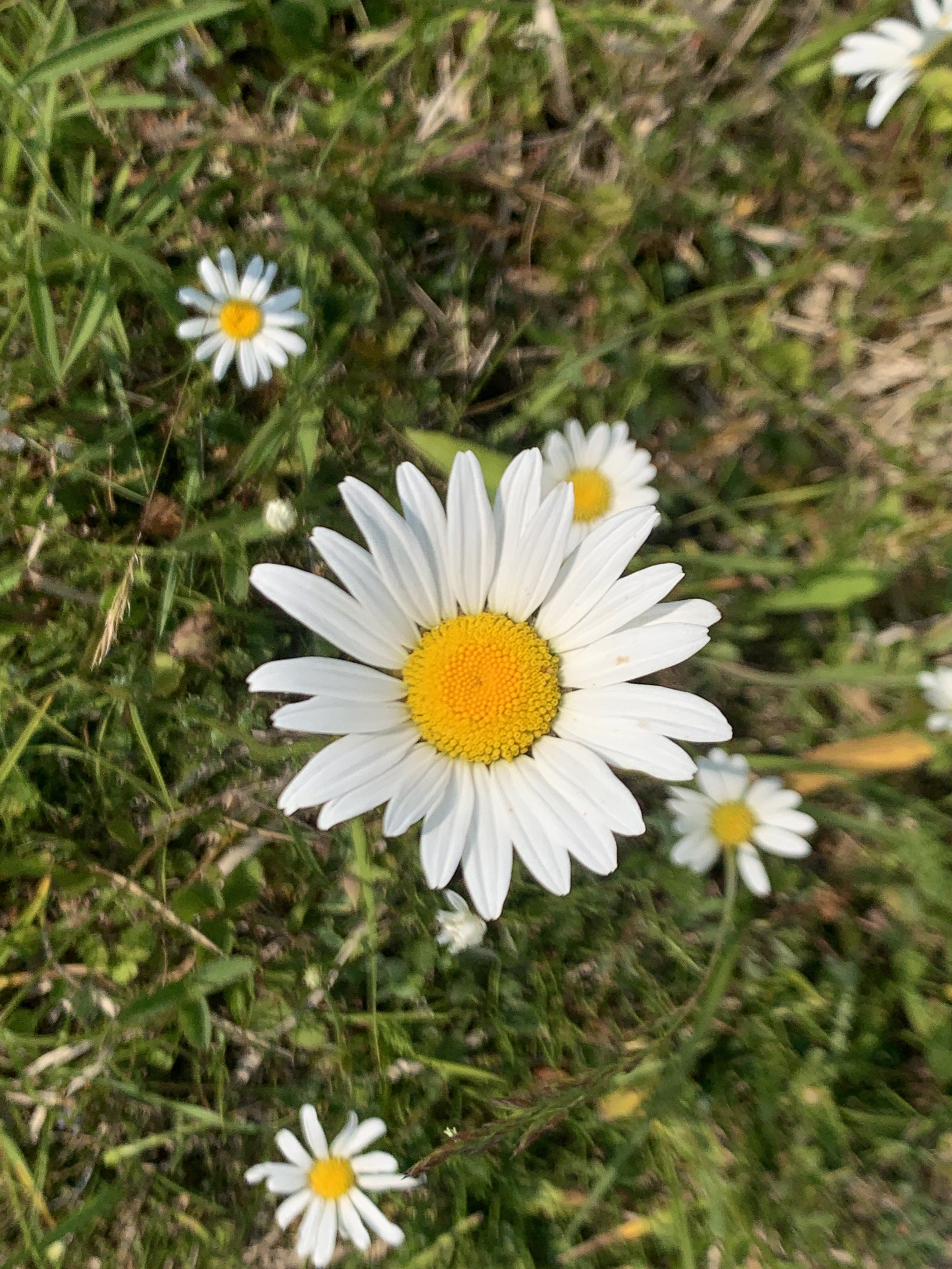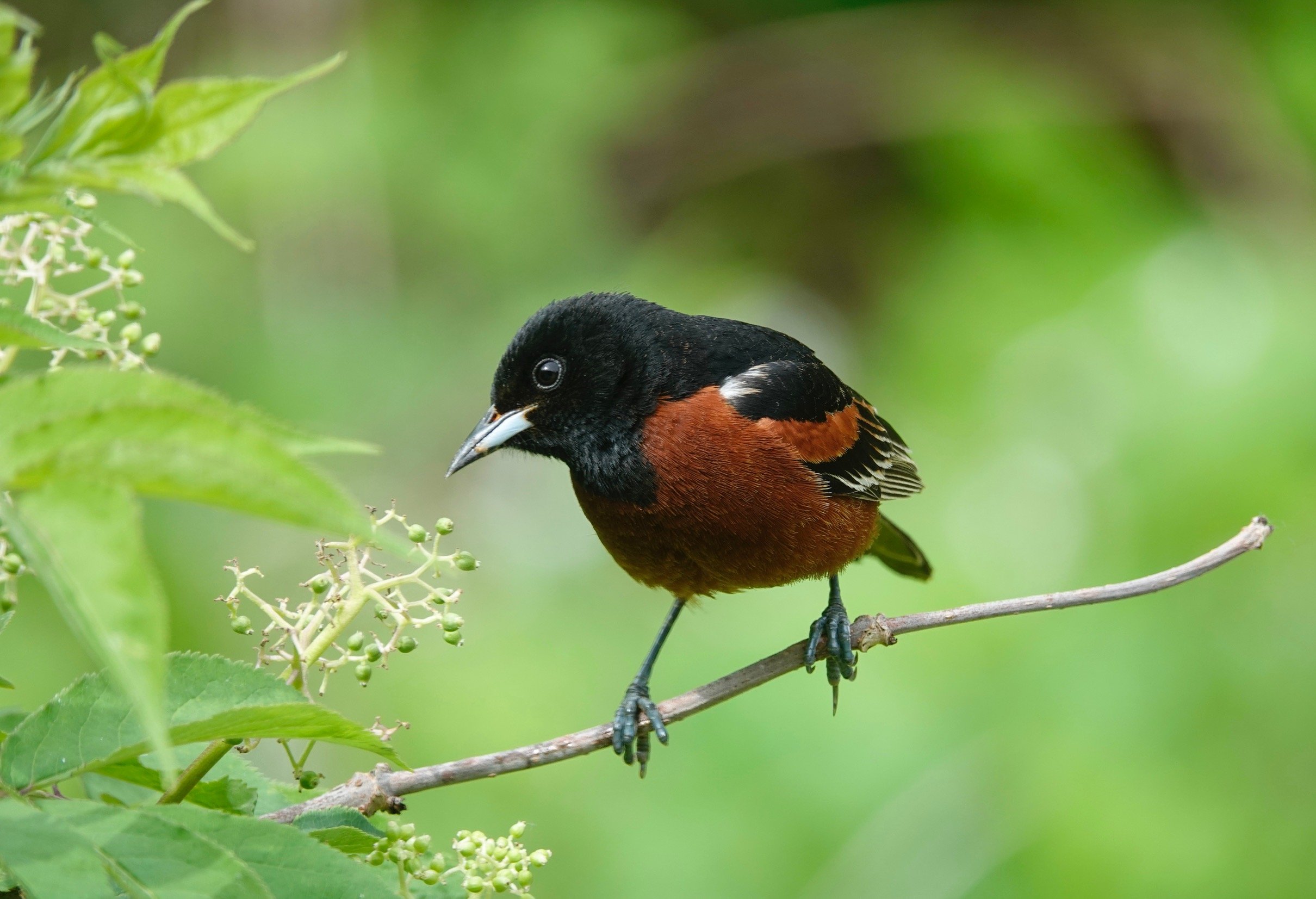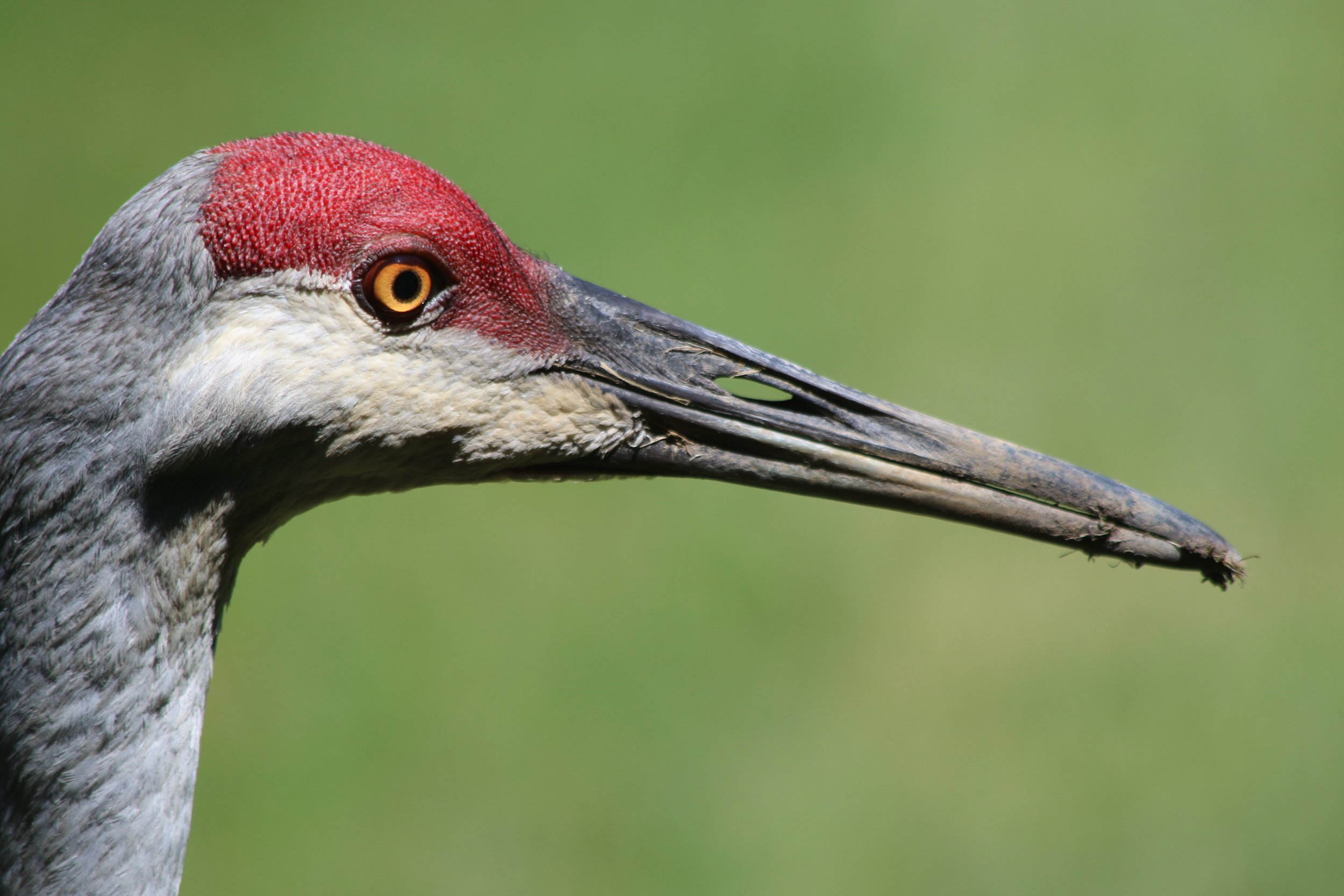Naturally
Cottonwood seed fluff wafts through the air starting in May and lasting through mid to late June.
I peered through the glass to see samaras. More commonly referred to as helicopters, whirlers, twisters, spinners or whirligigs—samaras are the winged seeds produced by maple trees. Maple trees produce these winged seeds, but red, silver and Norway maples produce the largest quantities. Silver maples drop theirs in late spring. Red maple in late spring or early summer and fall. Sugar maple samaras ripen from early summer into fall. Red maple samaras are red, in contrast to those of sugar maple, which are green in spring. Box elder samaras are 1 to 1-1/2-inch-long V-shaped pairs that are winged and similar to those of a sugar maple but smaller and ripen in late summer or early fall; often staying on trees all winter. Maples have a baseline number of seeds they produce each year. Most are eaten by squirrels, chipmunks and other animals. Every few years, maples produce a glut of seeds, which give the trees a better chance of producing viable seedlings and the seed eaters more than enough food. The theory is this overwhelms the animals that eat the seeds.
Snappers
Snapping turtles are Minnesota’s largest turtle. They can weigh 65 pounds with upper shells (carapace) that measure 20 inches from front to back, but that size is rare. Most snapping turtles weigh 10 to 35 pounds and have shells ranging from 8 to 14 inches long. Male snapping turtles are bigger than females and their tails are proportionally longer. Snapping turtles are sexually mature when their shells are about 8 inches long and that takes 8-10 years. A clutch of 20-30 eggs is laid in May and June on sandy riverbanks, open fields, road embankments, trails, muskrat houses and lawns. Most nesting activity occurs in the early morning or late evening, especially on warm rainy days. Females use their hind legs to dig a 4-8-inch-deep nest. The white eggs have a tough, leathery shell and are shaped like ping-pong balls. Eggs take 55 to 125 days to hatch depending upon the weather, but most hatch in 60 days. Hatchlings have a shell length of about one inch. Many of the eggs are eaten by raccoons, skunks, coyotes, opossums or foxes in the first day or two. I’ve read that only 5% of eggs hatch and only 1% survive to a reproductive age. Female snapping turtles can live to be 50 years old.
Frequent flyer miles
Blackpoll warblers are long-distance athletes and hold the record for the longest over-water flight for a songbird. Each fall, these half-ounce warblers migrate 1,800 to 2,000 miles across open water without stopping. They sometimes fly more than 80 hours at a time until they reach their Amazon wintering grounds.
A painted bunting
Ben Marti was riding his bike through Mankato’s Rasmussen Woods and on the Red Jacket Trail when he came upon people pointing or using binoculars and cameras. He stopped and was told that a rare bird was being seen—a painted bunting. The painted bunting is split into two geographically isolated populations. One breeds across a wide swath of the south-central United States and in Northern Mexico, with a range covering parts of Texas, Oklahoma, Louisiana and Arkansas, and parts of Mississippi, Kansas and Missouri. The much smaller eastern population occurs along a narrow strip of the Atlantic Coast, from Florida to North Carolina.
Ben didn’t have to look long. The bunting landed on the trail. The strikingly colored male painted bunting has a blue head, red underparts and yellow-green back. This dazzling bird turns the heads of birders and nonbirders alike.
Did this make Ben a birder? Not yet. Maybe he’ll become a birder one day, but for now, he’s a birder watcher. He plans on stopping his pedaling whenever he sees a group of them. No telling what he might see.
Q&A
“Am I seeing a swift or a swallow?” Swifts are gray-brown with bodies often referenced as “flying cigars.” Their narrow and curved wings move with quick, shallow wingbeats. Their tails are short and squared at the tip. Swifts can be confused with swallows. If you see flashes of blue or orange, that’s probably a swallow. If the bird has long, skinny wings that look like they’re fluttering, that’s a swift. If they have thick wings tapering near the ends, that’s a swallow. Swifts tend to hunt high above, over buildings or trees, while swallows are likely to swoop low.
Thanks for stopping by
“Only if we understand, can we care. Only if we care, we will help. Only if we help, we shall be saved.”―Jane Goodall.
“Every time you smile at someone, it is an action of love, a gift to that person, a beautiful thing.”—Mother Teresa.
Do good.
©️Al Batt 2023
















